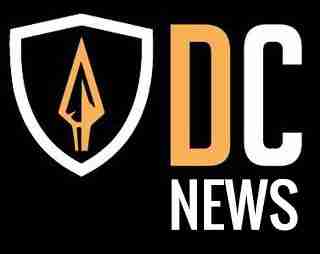STUTTGART, Germany — European satellite communications industry and academia have kicked off a government-supported effort to develop a new protected waveform for the continent’s militaries.
The European Protected Waveform is one of the 61 projects to receive inaugural European Defense Fund (EDF) support, the European Union announced in summer 2022. The goal of the program is to design a new secure and resilient waveform standard that will help EU armed forces tackle increased throughput demand over satellite while supporting dispersed operations, mobility, and novel security threats, according to an EDF fact sheet.
The consortium formally kicked off in January at EU Commission headquarters in Brussels, according to satellite communications company ST Engineering iDirect Europe, which is leading the industry players in the project. Twenty companies and academic institutions across Europe are currently part of the group, ST Engineering iDirect said in a Tuesday press release.
“The development of waveforms has always been part of our company’s DNA, and we aim to seek the best balance between efficiency, agility and security,” said Koen Willems, the company’s vice president for EU program and government relations. “With their combined knowledge and experience, bringing together these key players under the EPW consortium will equip European countries with highly reliable, seamless satellite communications to ensure that they can communicate with confidence and security no matter where they operate.”
The project is slated to receive a maximum of €25 million of EDF support out of an estimated €30 million program cost over 39 months, covering the study and design phases, according to the European Protected Waveform EDF fact sheet. The goal is for small and medium-sized European nations to access an interoperable, and affordable, secure military-grade protected waveform alongside larger EU countries, via the EDF initiative.
The full consortium includes the following companies and institutions: Belgium’s ST Engineering iDirect Europe, Antwerp Space, and Royal Military Academy; Germany’s Airbus Defense and Space, Neosat, and OHB Digital Connect; Italy’s Elital, Leonardo, and Thales Alenia Space Italia; France’s Eutelsat and Thales Six GTS Space; Spain’s Indra and Telespazio; Croatia’s Amphinicy; Poland’s GISS; Romania’s Lasting Software; Luxembourg’s LuxGovSat; Denmark’s QuadSat; and the Netherlands’ CTG Celestia and Royal Netherlands Aerospace Center.

0 Comments